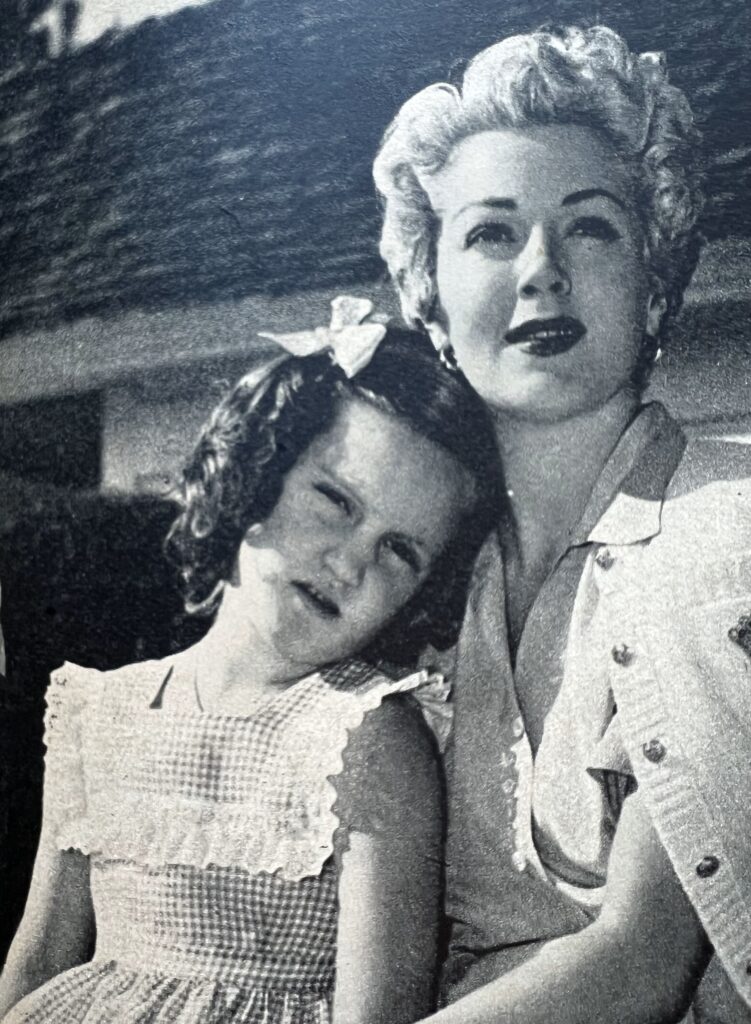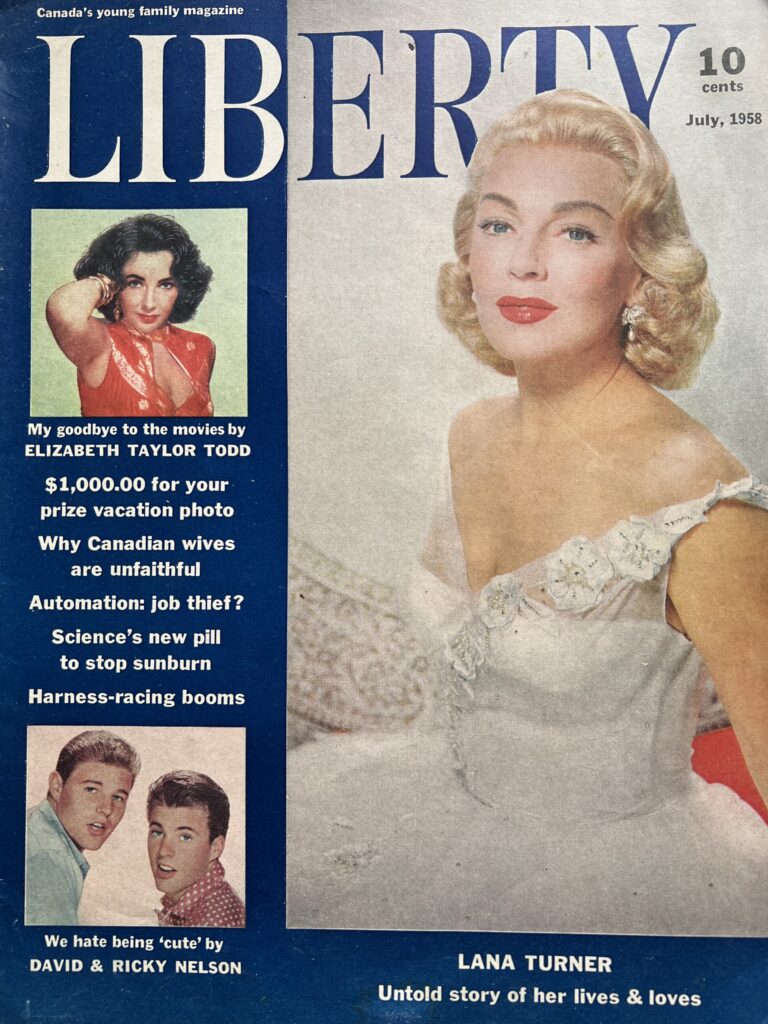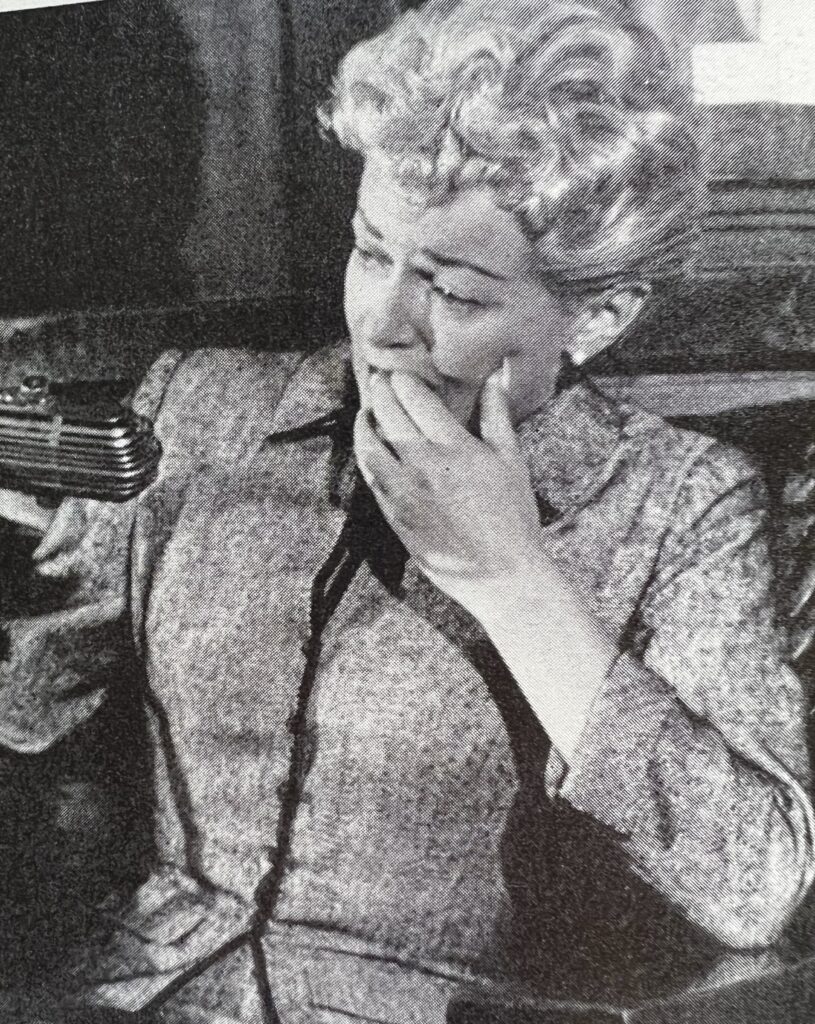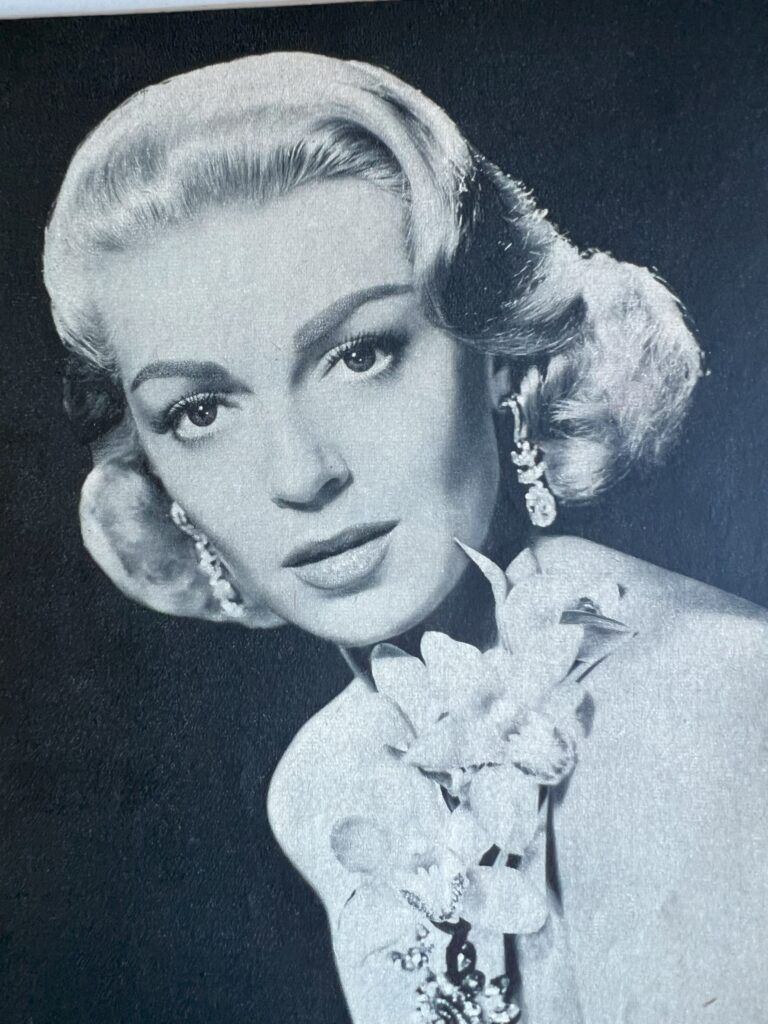
Romance can take an ugly turn, and the results can be deadly. Just take a beautiful actress like Lana Turner, her sexy underworld boyfriend, Johnny Stompanato, toss in the actress’ teenage daughter…and it all adds up to a high-profile murder trial! What really happened though that tragic evening of April 4th, 1958?
Ironically, the evening of April 4, 1958, was Good Friday, but it was not a very good one for Lana Turner, her 14-year-old daughter Cheryl, as well as a dubious character known as Johnny Stompanato who ended up stabbed to death. Stompanato was a notorious gigolo who loved spending the money of wealthy women and who also had shady connections with the underworld, like his former employer, gangster Mickey Cohen.


A brief background on Lana Turner – she was born Julia Jean Turner in Wallace, Idaho on February 8th either in 1920 or 21 depending on which source is used. At the age of six, her family relocated to San Francisco, after which her parents separated. Tragically, Lana’s father was found murdered in San Francisco on December 14, 1930, after a gambling match and his murder was never solved. In 1936, Lana and her mother moved to Los Angeles, where Lana’s voluptuous figure attracted the attention of a Hollywood talent scout, not at Schwab’s Drugstore as the often-told story goes, but at another popular spot.
Turner’s film career was then off to a start at the Warner Brothers studio, where director Mervyn LeRoy, her mentor, gave her the stage name, Lana Turner. LeRoy gave her a small part in his 1937 film called “They Won’t Forget,” and people didn’t forget because Lana wore the tight sweater which Mervyn LeRoy had wisely chosen for her in a truly unforgettable fashion. From that point on, she was known to moviegoers everywhere as “The Sweater Girl.” Both Turner and director LeRoy eventually moved to MGM, where Lana went on to become a top star – much to the surprise of Jack Warner who had foolishly let her slip away.




Lana Turner, by most accounts, was an avid partier, as well as a passionate lover. Perhaps the culmination of Lana’s 7 husbands and many affairs, was her short-lived relationship from 1957 to 58 with the off-color character, Johnny Stompanato, who once worked for Mickey Cohen. Their relationship climaxed with Stompanato’s death on April 4, 1958, at the hands of Lana’s young daughter, Cheryl Crane, who later went on trial for murder.

In a court, it was established that Cheryl had witnessed Stompanato beating and threatening her mother on several occasions. During the last of the couple’s violent arguments, the 14-year-old had burst into their bedroom and then drove a kitchen knife directly into Johnny Stompanato’s gut, causing an almost instantaneous death. “I swear it was so fast,” Lana said on the witness stand, “I – I truthfully thought she had hit him in the stomach.”



The murder trial received extensive coverage, and Mickey Cohen himself had somehow acquired Lana’s lurid love letters to Stompanato and subsequently released them to the press. It was a made-to-order scandal, and the media relished every moment. The jury ultimately acquitted Cheryl on the grounds that it was a justifiable homicide. After all, it was noted, she was only protecting her mother’s life from a known thug with a well-documented history of violence.


A quick look at some press from that era – from the July 1958 edition of the Canadian magazine, “Liberty.” In an article entitled “Tragic lives and loves of Lana Turner,” Bob Willett told of an unexpected outburst at the coroner’s hearing. Willett wrote, “But as in a movie melodrama, a man in the courtroom leaped up to scream: ‘This whole thing’s a pack of lies. Johnny Stompanato was my friend. The daughter was in love with him, and he was killed because of jealousy between mother and daughter! Johnny Stompanato was a gentleman!’” With those words, the unnamed man fled from the courtroom.





And from the March 1960 “Modern Screen” magazine, gossip queen Louella Parsons, darling of the Hearst newspaper chain, made it perfectly clear that Lana Turner had moved on from the Stompanato affair, when she quoted Turner saying, “You know perhaps better than anyone that I used to live as well as work in a make-believe world. I didn’t particularly want to face reality. My trouble was that I existed in a sort of fairyland, believing that everything and everyone was good and never realizing that this beautiful dream world was surrounded by a deep and dreadful jungle.”
Eventually, a large amount of positive upbeat press drowned out all the negative publicity that Lana Turner had received, and she went on to even greater film success, as with 1959’s “Imitation of Life.” Sadly, she passed away on June 29, 1995, due to complications from cancer.

photograph, saying “For Juanito, my love and my life- Lanita”





